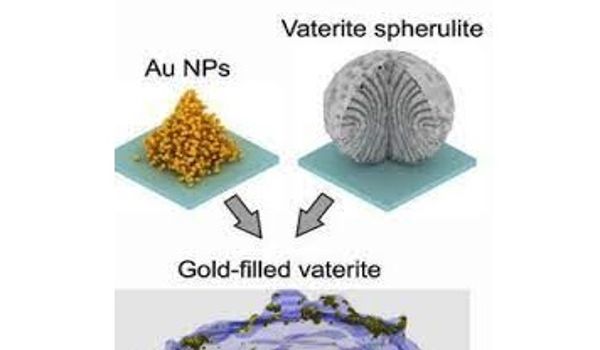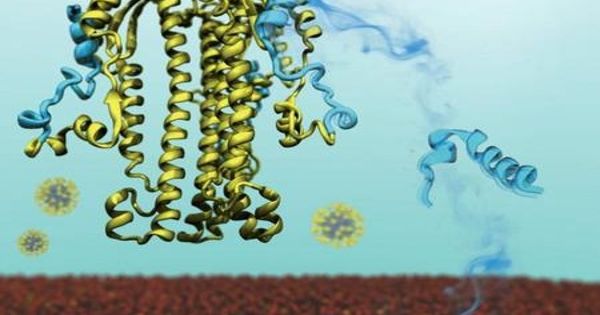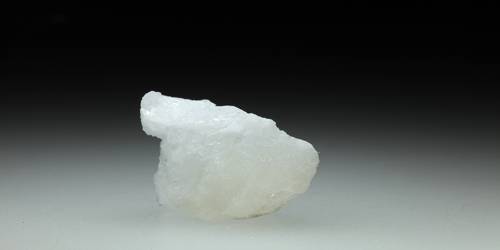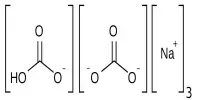Scientists from Israel’s University of Tel Aviv have transformed a transparent calcite particle into a brilliant artificial gold particle. The achievement is the first of its kind in research involving “meta materials,” or components with properties not found in nature, and it has the potential to benefit the field of biomedicine in a variety of ways.
For the first time in the world, Tel Aviv University researchers have developed an innovative nanotechnology that transforms a transparent calcite nanoparticle into a sparkling gold-like particle. In other words, they transformed the transparent particle into a visible particle despite its small size. According to the researchers, the new material has the potential to serve as a platform for novel cancer treatments.
In a new paper published in Advanced Materials, an international team of scientists, coordinated by Dr. Roman Noskov and Dr. Pavel Ginzburg from the Iby and Aladar Fleischman Faculty of Engineering at Tel Aviv University, Prof. Dmitry Gorin from the Center for Photonics and Quantum Materials at the Skolkovo Institute of Science and Technology (Skoltech) and Dr. Evgeny Shirshin from M.V. Lomonosov Moscow State University, has introduced the concept of biofriendly delivery of optical resonances via a mesoscopic metamaterial, a material with properties that are not found in nature.
Researchers developed innovative nanotechnology that transforms a transparent calcite nanoparticle into a sparkling gold-like particle. According to the researchers, the new material can serve as a platform for innovative cancer treatments.
This method opens up new possibilities for multifunctionality in biomedical systems, allowing the use of a single designer-made nanoparticle for sensing, photothermal therapy, photoacoustic tomography, bioimaging, and targeted drug delivery.
The scientific community has always been interested in this type of process, but the “biocompatibility” aspect has always been a problem: engineering optical properties usually necessitates the use of toxic substances. The Tel Aviv researchers got around this by using gold nanoparticles and calcium carbonate spherulites. As a result, a chemical compound known as golden vaterite was created, the resonance properties of which can be altered by modulating the volume of gold within the compound.
“This concept is the result of cross-disciplinary thinking at the interface of metamaterial physics and bioorganic chemistry, with the goal of meeting the needs of nanomedicine. We were able to create a mesoscopic submicron metamaterial made of biocompatible components that exhibits strong Mie resonances in the near-infrared spectral window where biological tissues are transparent “Dr. Roman Noskov says.

During the tests, the researchers developed a method for converting a glassy calcite nanoparticle that was not absorbed by imaging devices into a kind of shiny artificial gold that was consistent and had few color variations.
They were able to create a plasma resonance throughout the structure and change its optical properties by inserting just three-nanometer gold particles into calcite, which is 30,000 times thinner than a strand of hair and at least 100 times smaller than what can be seen under a conventional microscope.
Nanostructures capable of nanoscale light localization as well as multiple functions are highly desirable in a wide range of biomedical applications. However, biocompatibility is frequently a concern because optical property engineering frequently necessitates the use of toxic compounds and chemicals. The researchers solved this problem by using gold nanoseeds and porous vaterite spherulites, which are currently thought to be promising drug-delivery vehicles. This method involves the controlled infusion of gold nanoseeds into a vaterite scaffold, resulting in a mesoscopic metamaterial—golden vaterite—whose resonance properties can be widely tuned by varying the amount of gold within the vaterite.
Furthermore, the high payload capacity of vaterite spherulites allows for the simultaneous loading of drugs and fluorescent tags. The researchers demonstrated efficient laser heating of golden vaterite at red and near-infrared wavelengths, which is highly desirable in photothermal therapy and photoacoustic tomography, to demonstrate the performance of their system.
Prof. Pavel Ginzburg sums up, “This innovative platform allows for the incorporation of multiple functionalities—as simple add-ons that can be introduced almost instantly. In addition to optical imaging and thermotherapy, MRI visibility, functional biomedical materials, and a variety of other modalities can be incorporated into a miniature nano-scale particle. I am confident that our collaborative efforts will result in in-vivo demonstrations, paving the way for a new biomedical technology.”
















